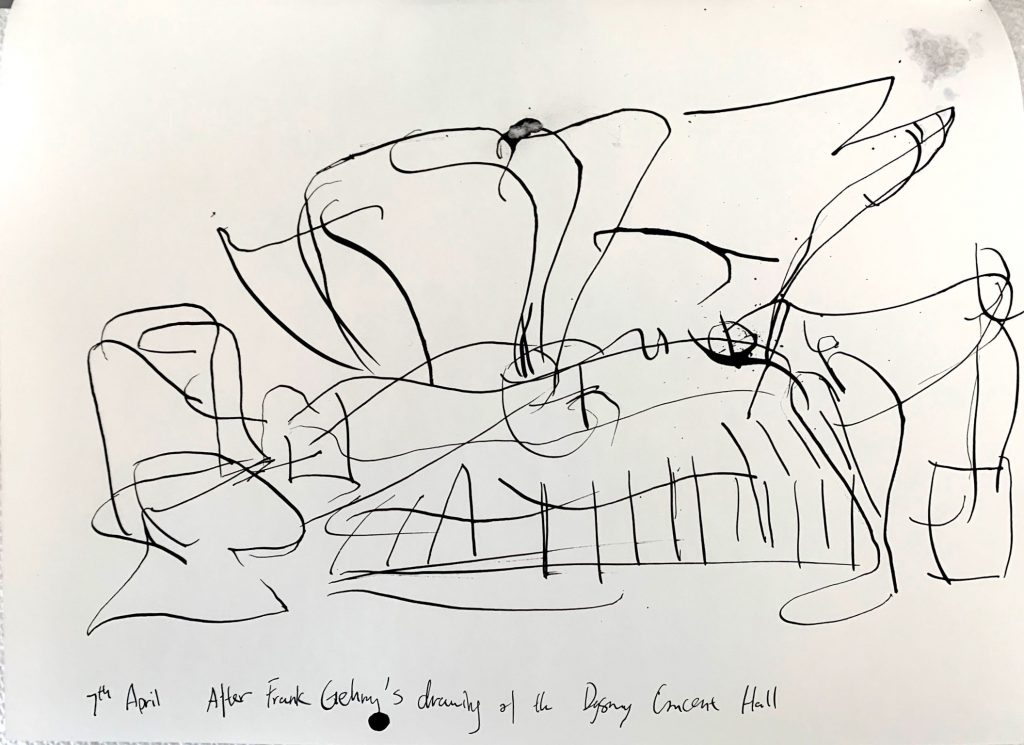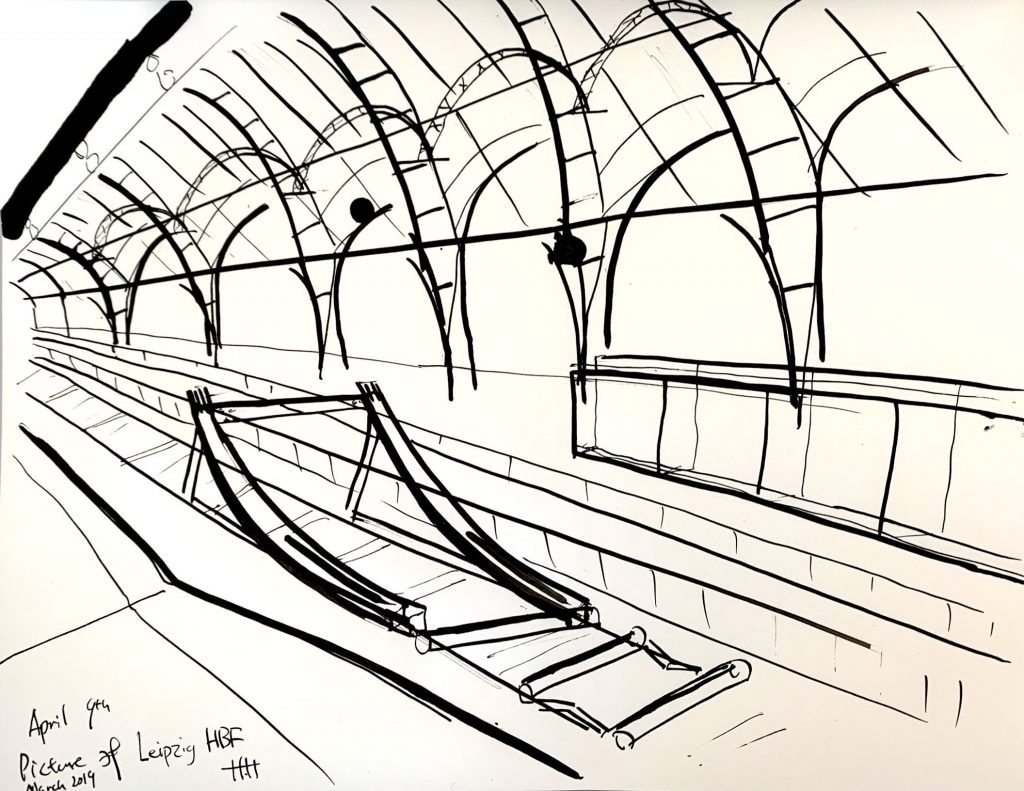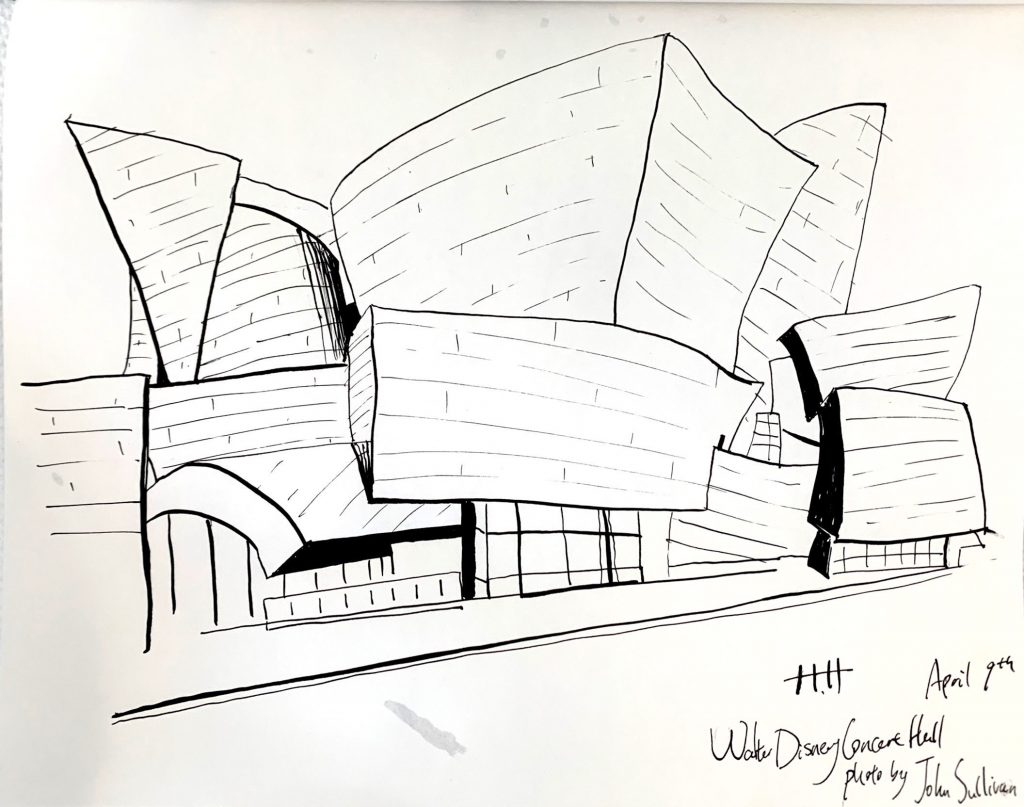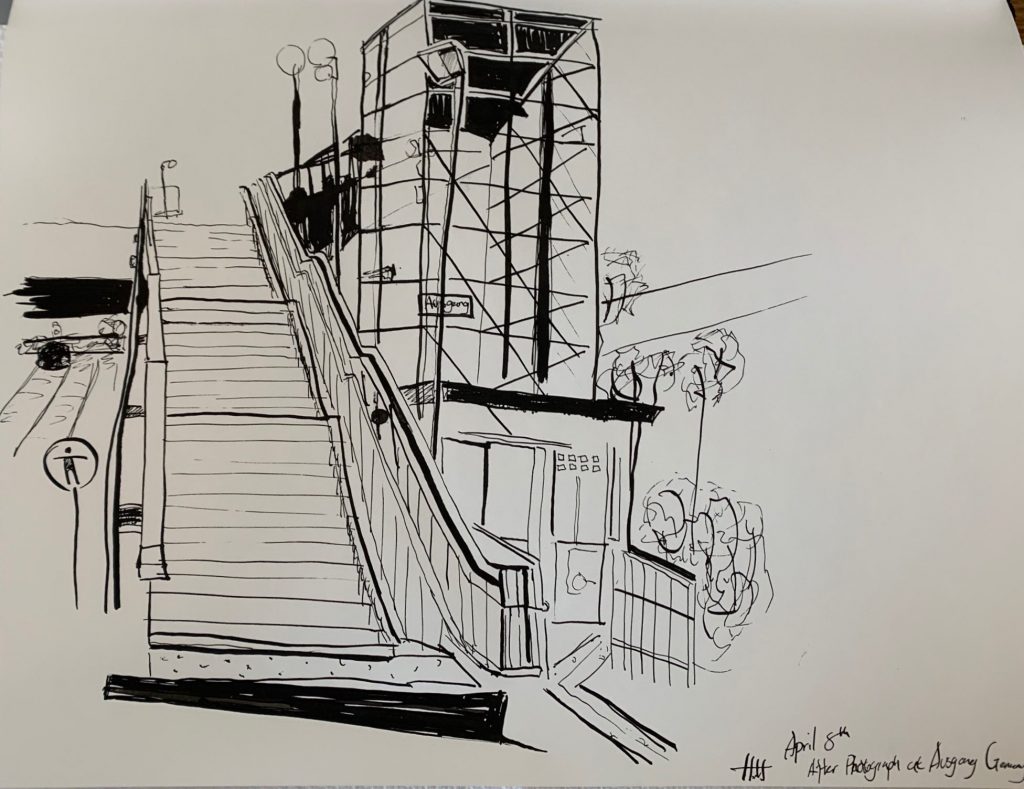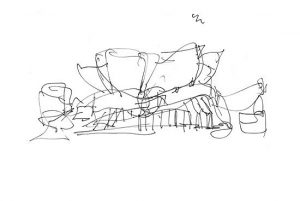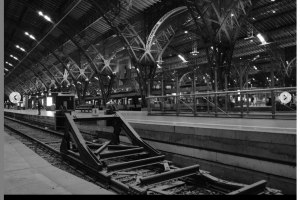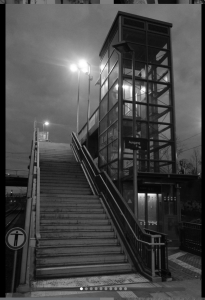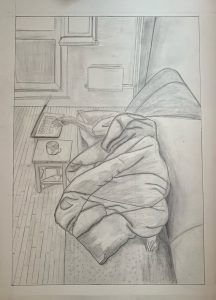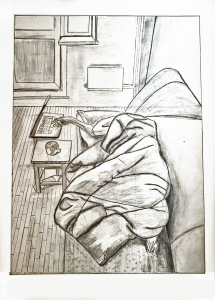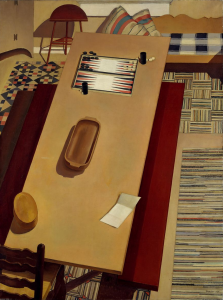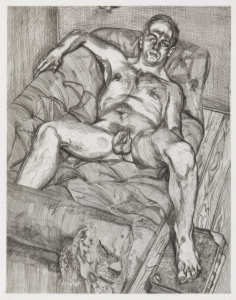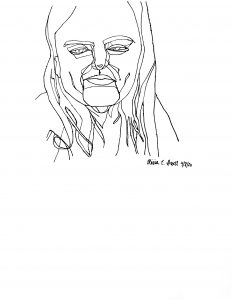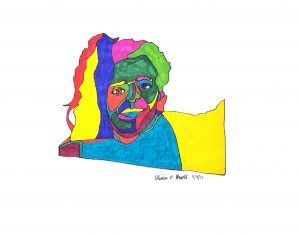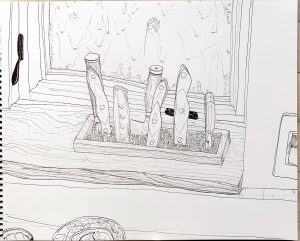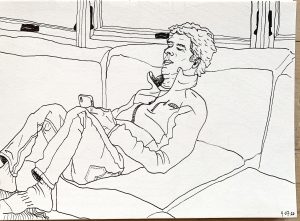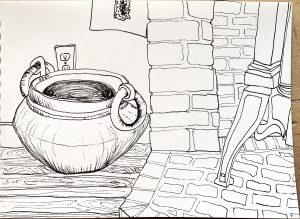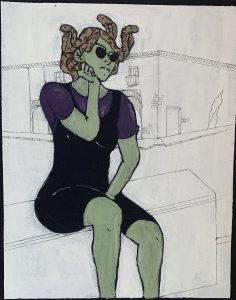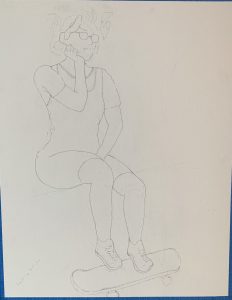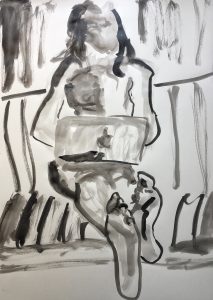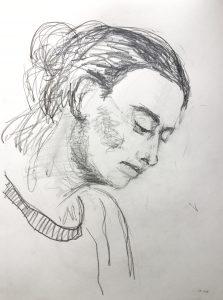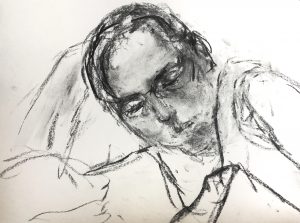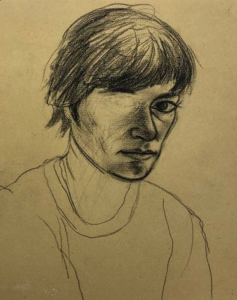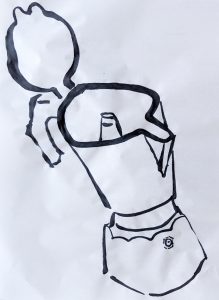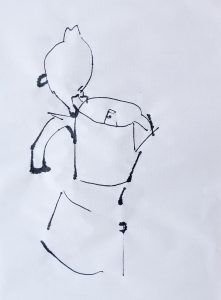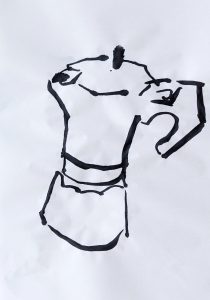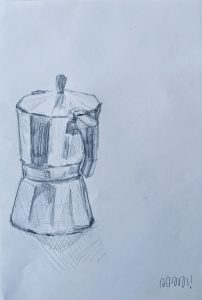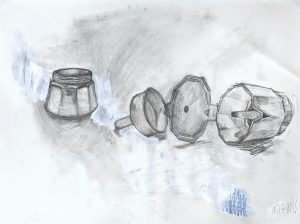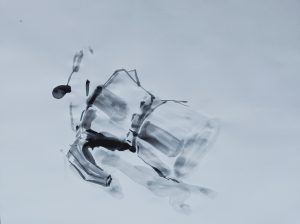All drawings completed with micron .08 on 9 x 12 paper.
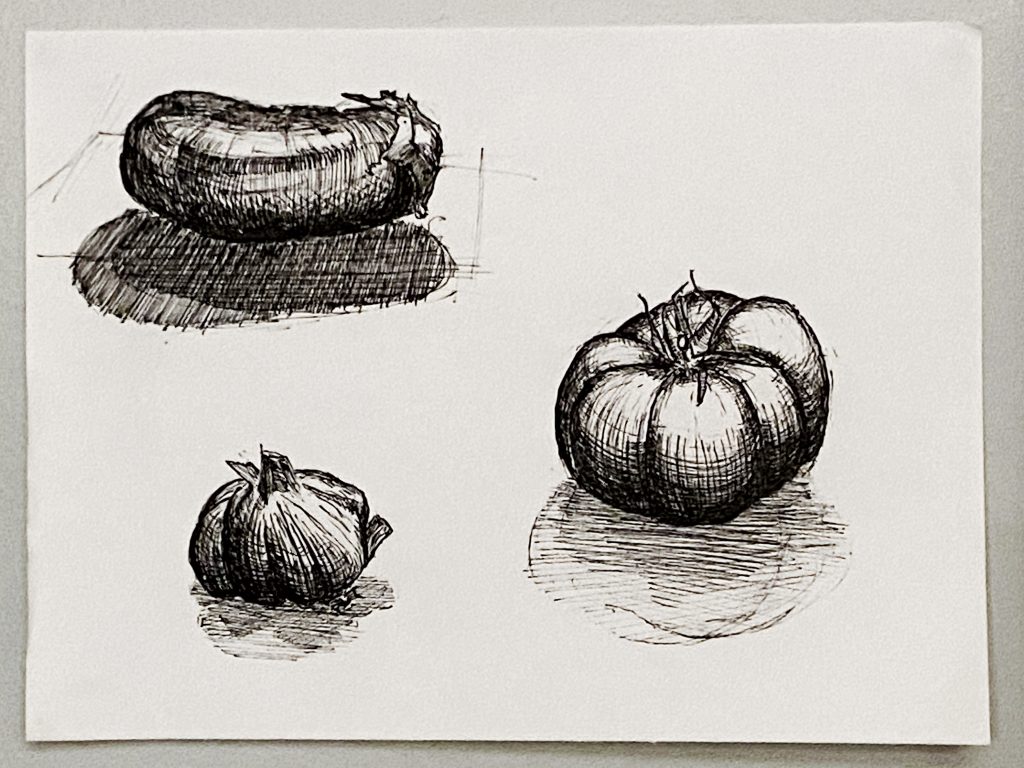 X (maybe…depends…)
X (maybe…depends…)
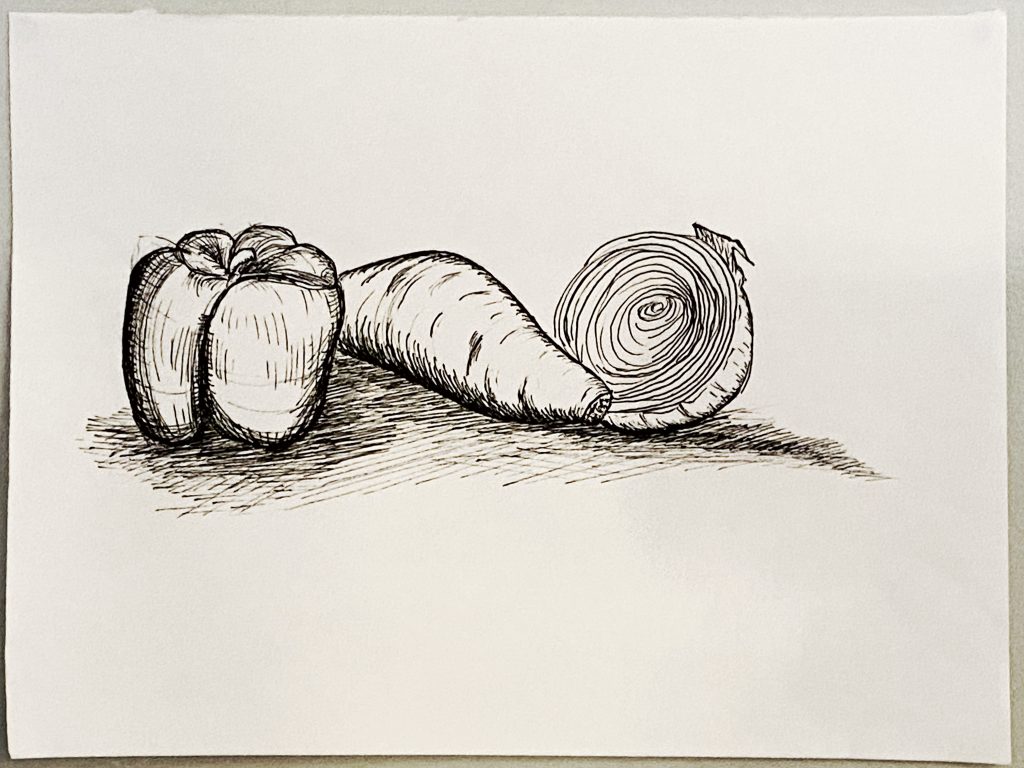
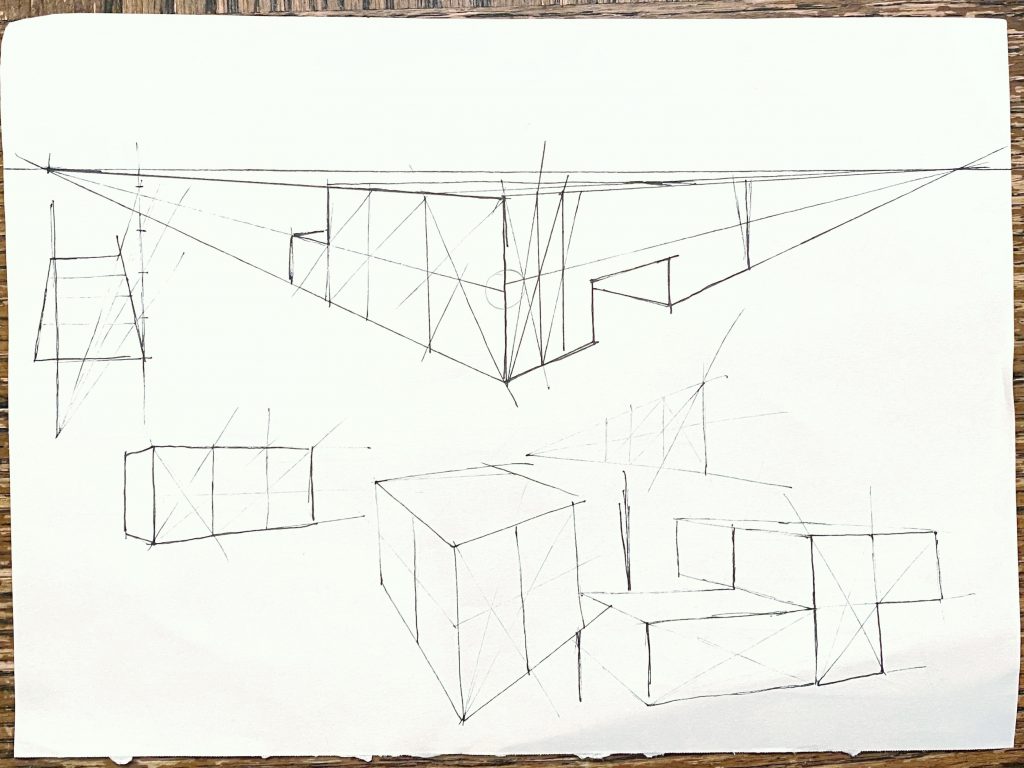
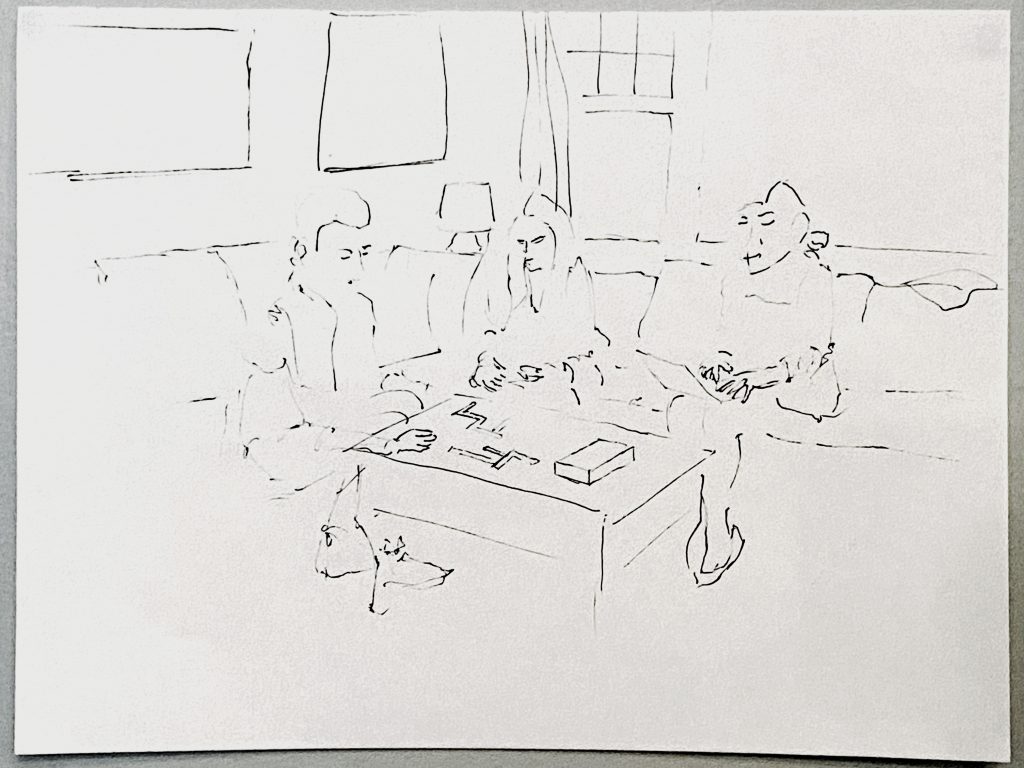
Hey folks,
Having spent last week getting used to the micron, I figured now would be a good time to focus more on subject matter than medium.
I dedicated most of my drawing time this week to the hatched perishables. I spent a couple of days at the beginning of the week toying with “ideas” for drawings. After too much thinking I figured I should just sit down and draw an eggplant.
Good things for both eggplant and other foods. I like the tomato best. Prob 30-45 minutes for each on first sheet. Tried to be faster with the second, prob took about 40 minutes total.
I was thinking about shape more than light. I told myself that I’d rather have accurate structure than shading. It was freeing to not have to worry about “correct” shadows. None of the perishables closely resemble their real life counterparts with regard to light, but that doesn’t bother me. Shape is conveyed, and there’s enough value differentiation to get the job done.
I also included a lesson from a drawing book on perspective. Helpful concepts, but I had a tough time applying perspective to things I actually looked at–hence the awkward plane around the eggplant. I intended to have all the foods “in space,” but then dropped the idea in favor of focusing on the food itself. To include perspective was too tricky.
Last, a sketch of some housemates on the couch. Quick, prob 4-5 minutes. I like the way it feels like it’s beginning to materialize, with the darkest/boldest marks showing first. I don’t like the way laptop-roommate’s head is too big and also weird.
For next week, thinking of doing more still lives. There’s a big kale in the fridge that I have my eyes on rn, as well as some wilting flowers on the kitchen table.
